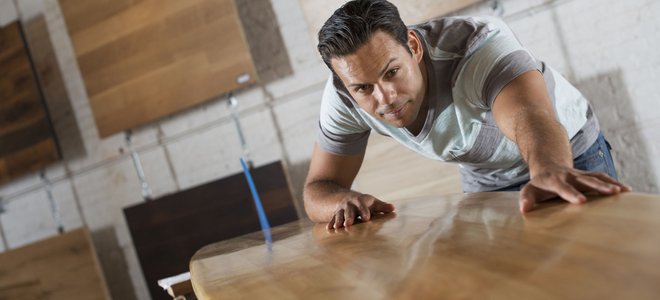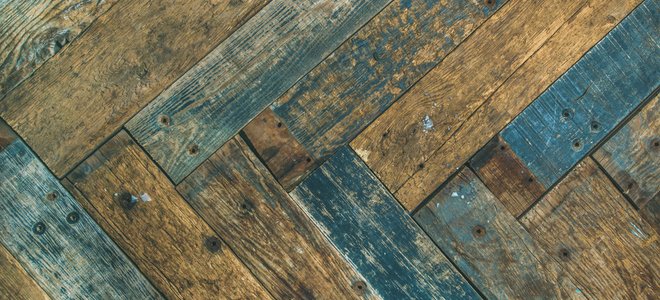
From furnishings to accessories to the floors we walk on, many of our projects rely on lumber and, in turn, trees. We’re often inclined to throw away pieces we no longer need. Reclaimed lumber is wood repurposed from its original use. You can get reclaimed wood from various sources, including factories, abandoned houses, and other old structures. You can even source reclaimed wood on Amazon.

Why Use Reclaimed Lumber
You can use reclaimed lumber for any woodworking products—furniture, floors, cabinets, repairs, etc. Reclaimed lumber’s maturity makes it well suited to recycling, since it’s hardened and not prone to bending or attenuation. This makes it more reliable than new wood.
In addition to its durability, reclaimed wood is prized for its beauty, history, and environmental responsibility. The rich, long-acquired colors of reclaimed wood are often distinct and rare, creating elegant, unique looks. The story about where a piece of wood comes from can add to an item’s mystique, increasing its value. Finally, the value of protecting the planet by reusing wood instead of throwing it away adds a point of eco-pride to reclaimed projects.
For all these reasons, reclaimed lumber can make highly valuable furniture, accessories, and structural elements.
Preparing Reclaimed Lumber For Use
The main challenge of working with reclaimed wood is that it requires preparation. You’ll need to consider several factors to get your recycled wood ready for use.
Select the Best Lumber
First, selecting good-looking pieces. You want strong boards that aren’t infested or rotten.
Clean the Lumber, Removing Nails and Screws
If the lumber has been a part of other structures, it probably has screws, nails, hinges, and other fasteners attached to it. Remove these items to avoid accidents while cutting the wood for your purposes.
Reshape and Cut Your Lumber
Once you’ve prepared your lumber, you can cut it into your desired pieces. You can run it through a sawmill to straighten the surfaces, or you may use it without trimming. You’ll probably have to join some pieces to achieve your lumber’s desired size.
If your piece will be a load-bearing construction element, you may want to consult an engineer specializing in lumber to determine the wood’s structural integrity. However, it’s often easy to spot a strong piece of wood by physically observing it. Your initial once-over will also help you weed out any pieces with hazardous bacteria or rot.
Precautions to Take
Despite the many advantages that come with using reclaimed lumber, it has several downsides. Among the downsides of using reclaimed lumber is the difficulty of determining authenticity. Due to the popularity and high price of reclaimed wood, some unscrupulous sellers are dishonest about their timber’s source, so you’ll have to look out for younger, distressed wood getting passed off as mature reclaimed lumber.
Another common disadvantage is the price, which tends to be high if you’re not sourcing the wood yourself. The inflated cost comes from all the preparation the wood undergoes to be safe for use. The process of removing fasteners and other hardware can increase the price. In some cases, you may be able to choose to remove the nails yourself to avoid the extra expense.
Toxins can also be a major concern when dealing with old wood. To prevent further deterioration, you should consider treatments such as paint, finish, and insecticides. If you’re using reclaimed lumber obtained from old furniture you’ve sourced, you’ll probably want to treat it yourself. Insecticides typically take at least 24 hours to be effective. Some woodworkers prepare their stock by dipping it in hot oil or paraffin to eradicate any infestations.
Inspect your lumber carefully for signs of infestation—look out for holes and crumbling sections. You may still use wood that’s been infested, as long as it’s still in good shape, but you should treat it first to make sure any pests aren’t still living inside.

Final Thoughts
As a DIY enthusiast, you should always be on the lookout for new ways to spice up your craft. While working with fresh timber can be easier, working with reclaimed lumber has its benefits in the long run. You get to reduce the projects’ cost, add some rustic colors to your craft, bring an element of storytelling into your pieces, and, maybe most importantly, help protect the planet we all share.
When you purchase through links on our site, we may earn commissions at no cost to you.
Source link : https://www.doityourself.com/stry/working-with-reclaimed-lumber












